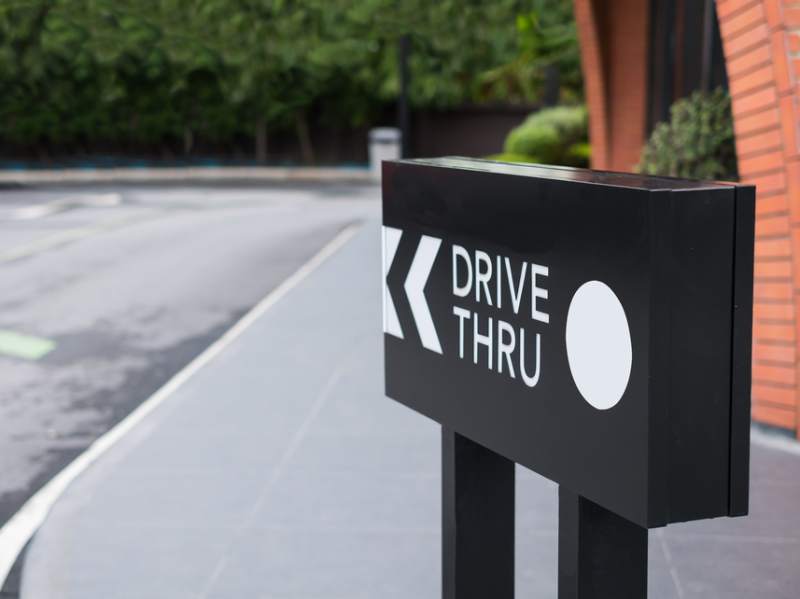Many older adults use marijuana to help with chronic pain, an ailment that becomes more common with age. Others use it to treat other problems.
John, a surgeon, had been helping people with chronic pain for decades when he broke his own hip.
After two surgeries in 2011, he found himself with a six-month prescription for Vicodin.
However, chronic pain still set in.
“I used to cross country ski and hike,” the 76-year-old medical professional told Healthline. “I can’t do that anymore.”
But marijuana helps with the pain, which John still lives with six years later.
On a trip to Arizona, he found a candy that contained substances found in marijuana, which had been legalized by the state.
The portion of seniors in the United States like John who use marijuana is still small, but it’s growing quickly.
According to data gathered from the latest survey done by the National Survey on Drug Use and Health, the number of people age 65 and up who said they use marijuana grew 250 percent between 2006 and 2013.
- According to a 2014 survey, among adults of all ages, close to half say they use marijuana at least partly as medicine.
- Pain is the most common medical reason people seek out marijuana, and seniors experience the most pain. About 53 percent of Americans age 65 and older reported bothersome pain in the past month, according to a government survey.
- Several other conditions for which physicians’ groups support medical marijuana use are age-related, notably cancer and glaucoma.
Treating pain
People in pain are looking for options because prescription painkillers often don’t work.
Even when drugs are combined, they provide only 50 percent relief for only 30-40 percentof patients, reported Mary Lynch, a pain specialist at Dalhousie University in Canada.
Marijuana helps some of her patients, she told Healthline.
For many, marijuana is an add-on. Up to 39 percent of people with an opioid painkiller prescription for long-term use also use some form of marijuana.
Among people older than 65 who signed up for the Colorado medical marijuana program, nearly 90 percent listed pain as a problem, according to a research paper by public health researchers at the University of Iowa.
However, marijuana can weaken balance and slow reaction time, noted Dr. Lynn Webster, past president of the American Academy of Pain Medicine.
“I’m worried about falls,” he told Healthline. “I wish we had the science to understand who [marijuana] would help, and in what doses, and for whom it would be toxic.”
“We really know very little about the effects of marijuana in the elderly. Everything about medical marijuana needs better study, but especially this topic,” Dr. Daniel Clauw, a pain specialist at the University of Michigan, told Healthline.
Taking a chance
Reba Goodman resisted marijuana for months.
That was despite excruciating chronic pain in her leg that painkillers didn’t relieve.
Goodman is a scientist. After she earned her medical degree, she went on to research developmental genetics and run her own lab.
The pain started when she was 87, and progressively got worse over 11 months.
After a surgeon told Goodman that she was too old for surgery, she was offered an injection in her back.
The prospect frightened her.
Pain specialists gave her a choice of medication, so she came home with a prescription for OxyContin, which she took every day.
“I combined it with over-the-counter drugs and alcohol and doubled up on the dose,” Goodman told Healthline.
As a doctor, she understood she was risking her life.
“I didn’t care anymore. [The pain] was so horrible,” she said.
Despite her many refusals, people brought her marijuana to smoke and marijuana candy.
She’d never tried marijuana before, but they insisted.
And it worked.
“It was just heaven. I would light up another joint and eat the candy before the effect wore off. I guess I was doing it all day long,” she told Healthline.
Still, she wanted a permanent solution. She finally found a surgeon who agreed to operate.
On the day before the surgery, she stopped using marijuana, but took some with her to the hospital where she put it in a drawer next to her bed. When she came out of surgery, the marijuana was gone.
But the pain had also disappeared.
Although she still has marijuana at home, she hasn’t touched it.
“I don’t need it now,” she said. “But I might need it again.”
New legal product beats smoking
Linda Organ found an oil that works better for her than smoking marijuana illegally.
Until recently, she had smoked marijuana rather than risk taking prescription opioids.
She knows the dangers of painkillers from her work providing support to people with substance abuse issues, which she did for 30 years before retiring in July at age 57.
Personal experience also made her prefer marijuana. In 1982, she injured her foot in a motorcycle accident and was prescribed opioids.
“I had to go through withdrawal to get off them,” she told Healthline.
Then she watched her husband die of an overdose. He had a prescription for OxyContin to treat pain from spinal cord damage. His doctors abruptly stopped his medication and he turned to the street drugs that eventually killed him.
So, when Organ reinjured her foot, she began smoking marijuana — though only at night after her grandson had gone to bed. Marijuana also helped lessen her arthritic and nerve pain from diabetes.
However, she ended up going to court to win custody of her grandson, and the judge ordered her to stop smoking marijuana.
Two months later, her lawyer said she could legally try an oil available online that contains only CBD (cannabidiol), a part of the plant that doesn’t make you high.
“I didn’t expect it to work,” she told Healthline, “but I felt way better within 10 minutes.”
Organ saw other benefits as well. Crohn’s disease, which causes the digestive tract to become inflamed, runs in her family. Organ had a distended belly characteristic of the illness.
Two weeks after she began taking the CBD oil each day, her belly became flatter, and it no longer hurts when she presses it.
The CBD oil “enables me to take care of my grandson,” she said. “It’s easy, affordable, and I just hope that it remains legal.”
Legal flux
As Webster pointed out, doctors are in a rough spot.
Under federal law, which technically trumps state law, marijuana is still illegal for medical use.
“It’s not clear what the current administration will do,” Webster said. “That makes it professionally risky [to prescribe marijuana] even if we believe it is safer or effective for some conditions.”
At the same time, doctors are cutting back on prescribing opioids because of political pressure.
“If patients want to use marijuana, most physicians are silent or supportive,” he said.
While we wait for more research and other options, marijuana looks increasingly attractive to many people.
“How many people have died of marijuana overdoses in 50 years?” John, the surgeon, asked rhetorically. “Zero.”
credit:healthline.com









![Jerry Jones National football league[ NFL ] to Scale Back Marijuana Sanctions](https://thelaughinggrass.com/wp-content/uploads/2017/04/Jerry-Jones-National-football-league-NFL-to-Scale-Back-Marijuana-Sanctions.jpg)